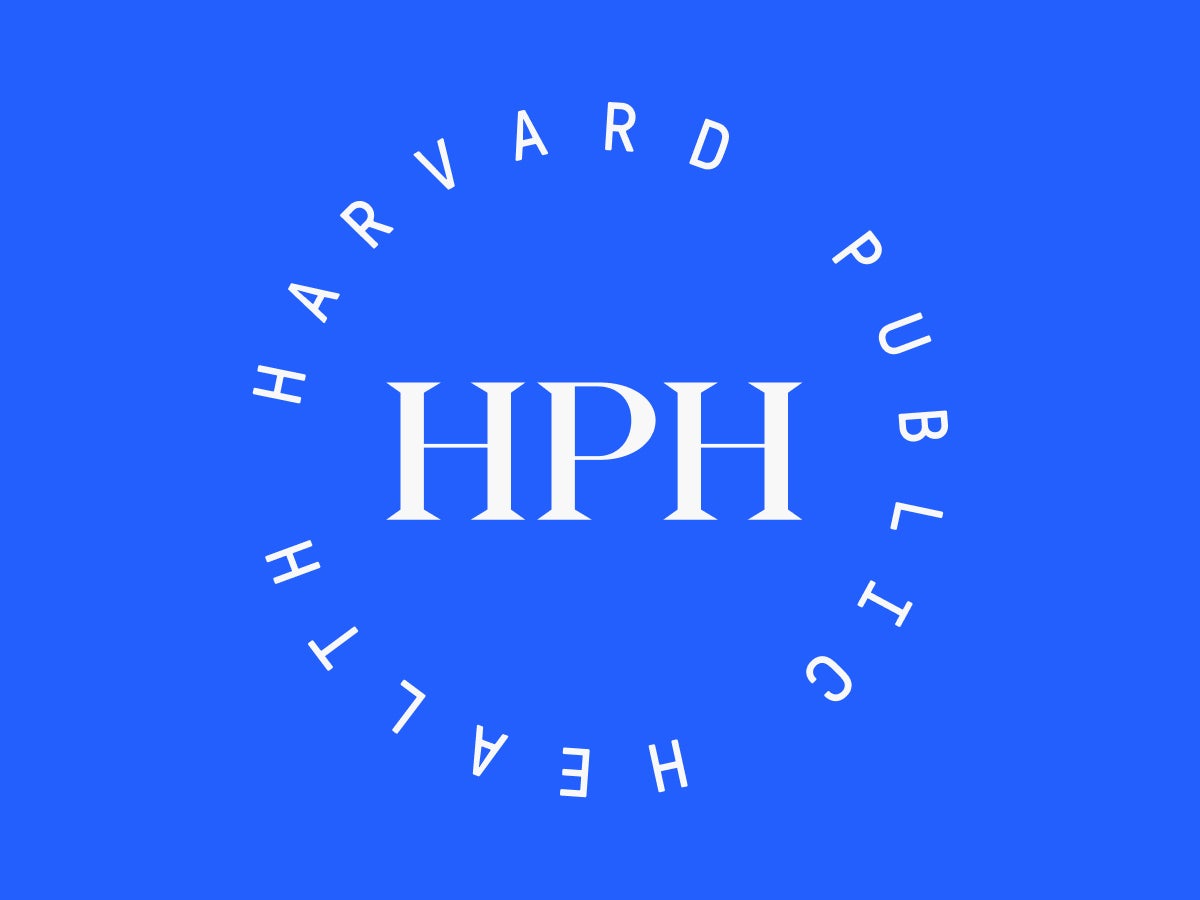
Opinion
Did we forget about scurvy once we found the cure?
My patient came to me in agony. His hands and feet hurt, and had for many years, and his gums were swollen. He asked me for medication to dull his pain.
I thought about his other symptoms—frequent bruising, severe dental disease, and poor wound healing. This was a textbook presentation of vitamin C deficiency. My patient had one of the oldest recorded ailments in human history: scurvy.
I often see patients struggling with scurvy, a disease long forgotten by the medical system. Between the 16th and 18th centuries alone, the affliction killed an estimated two million sailors who went months without fresh fruit and vegetables.
And scurvy still exists.
Sign up for Harvard Public Health
Delivered to your inbox weekly.
My patient, who had a difficult life after a motor vehicle accident 30 years ago, had other risk factors for vitamin C deficiency. His diet was limited because he lived in a food desert. He has smoked for decades. He’d turned to heroin and methadone for his pain when visits to doctors didn’t help.
After I saw my first patient with a vitamin C deficiency almost ten years ago, I started looking more closely at malnutrition in my clinic, which serves marginalized people. I have examined more than 1,000 patients at risk for vitamin C deficiency; 655 of them were severely deficient in vitamin C, with symptoms of scurvy.
Scurvy is a disease resulting from inadequate vitamin C intake for at least three months. While vitamin C deficiency can cause mild symptoms like fatigue, weakness, or irritability, scurvy occurs when a person does not consume adequate amounts of vitamin C necessary for metabolic function. Vitamin C, or ascorbic acid, is also essential for producing collagen, a protein crucial for repairing and maintaining skin, blood vessels, bones, and connective tissues. Without sufficient collagen, individuals with scurvy may experience symptoms such as loose teeth, joint pain, bruising, anemia, and slow wound-healing.
Scurvy now primarily affects populations with limited access to nutritious food, such as people experiencing food insecurity, smokers, those with certain eating disorders, and individuals with malabsorption disorders or severe dietary restrictions.
Why aren’t doctors and public health experts talking about this? Did we forget about scurvy once we found the cure? Or does the health care business model neglect problems that cost little to treat?
Even though my patient had all the signs and symptoms of scurvy, no one in the health care system recognized that he had been struggling with malnutrition for more than 30 years. I knew Medicaid didn’t cover vitamin assays—not even his $16 vitamin C test. I fought for insurance coverage and ordered the test. His vitamin C level was 0.
I recruited my patient’s mother and sister to help him with food and nutrition. He took 1000 mg of vitamin C twice a day and began to eat a well-balanced diet. It only took a month before his chronic leg wound began to heal and his pain was better controlled. His mood stabilized, and he was able to live with his mother.
I remembered this conundrum a few years ago when I read Analogia, by George Dyson. The book is ostensibly about computers, a history of the evolution of information from analog to digital and now back again to analog with neural nets and AI.
Surprisingly, the book included a chapter on scurvy, telling the story of the Great Northern Expedition, which began in 1733. Dyson quotes the ship’s lieutenant about the toll of scurvy on the sailors: “The disease first showed itself in heaviness and weariness in all our limbs, such that we were all the time wanting to sleep and, having once sat down, were most reluctant to rise again.”
The ship’s botanist knew about scurvy preventatives —limes, fresh greens, sauerkraut, raw meat, and beer brewed with spruce needles—but his knowledge was initially scorned. Dyson uses the story to illustrate the way data can at first be overlooked but ultimately bring insight. Sailors and pirates continued to struggle with scurvy for several centuries.
In his story, I saw the persistent blindness of experts to inconvenient truths. Although scurvy was mostly eradicated centuries ago, its simple cure is once again neglected today, in a system focused on making money with more complicated and costly diagnoses.
Doctors learn little about nutrition in their medical education, so they often cannot recognize, diagnose, and treat nutritional deficiencies. This knowledge gap—exacerbated by the prompts of electronic health records, which don’t usually emphasize nutritional issues—leads physicians to focus on acute and immediate medical issues.
This lack of nutrition testing creates a vicious cycle, where physicians do not recognize these conditions because they are not seeing the data in their patient populations, thus reinforcing the knowledge gap. They prioritize tests and treatments that are more familiar. Yet nutritional deficiencies worsen health conditions and make them harder to treat. Nutrition affects the entire body, and poor diet aggravates all diseases.
The solution is obvious: testing for vitamin deficiencies and then treating them. We need to consider the whole patient. No one should suffer from easily treated diseases of centuries past.
Source image: CreativeDesignArt / iStock


